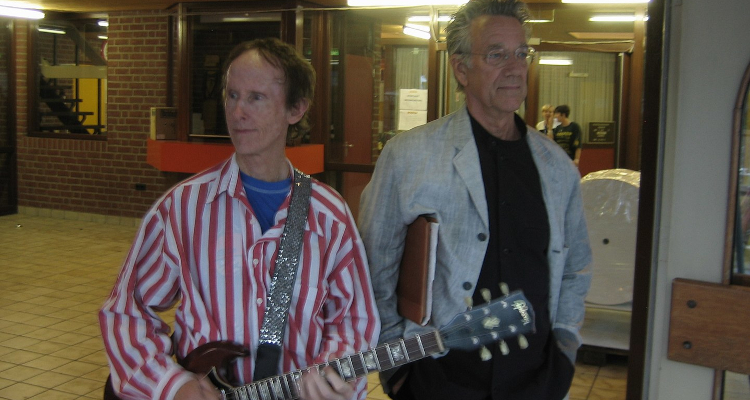
As hippies, beatniks and disestablishmentarians called for collectivism across San Francisco in 1967, Colorado Springs had its own Summer of Love. Student protests and hippie fashions cropped up and rock music dominated the airwaves. But it wasn’t until October that the rebellious spirit of the summer reached its zenith when The Doors played the Colorado College homecoming.
Students teemed under the ornate ceilings of the Broadmoor Ballroom. Some climbed up the banisters for a better view of the bandstand. They lit incense under colorful lights, waiting to hear the number-one hit “Light My Fire.”
When The Doors took the stage, students in the front row were close enough to touch Jim Morrison.
As hippies, beatniks and disestablishmentarians called for collectivism across San Francisco in 1967, Colorado Springs had its own Summer of Love. Student protests and hippie fashions cropped up and rock music dominated the airwaves. But it wasn’t until October that the rebellious spirit of the summer reached its zenith when The Doors played the Colorado College homecoming.
Students teemed under the ornate ceilings of the Broadmoor Ballroom. Some climbed up the banisters for a better view of the bandstand. They lit incense under colorful lights, waiting to hear the number-one hit “Light My Fire.”
When The Doors took the stage, students in the front row were close enough to touch Jim Morrison.

The tape’s mythic status has drawn Colorado College students and alumni to the basement of Tutt Library, where it lives now. Reynolds donated the original reel and a digital copy to the college in 2005. Anyone who wants to hear it has to talk to Jessy Randall, the curator of Special Collections.
She said the tape has sparked some controversy.
“When we first received it, I got emails from Doors fans all over the world offering me various kinds of bribes to secretly give them a copy.”
She declined the offers but did upload a short clip to the Special Collections website. The Doors’ management promptly demanded she remove the audio. Since then, fans can only listen to it in the underground archive with Randall standing watch.
Even from the basement of Tutt Library, 57 years later, it brings the listener into the room where it happened: a classical ballroom teeming with excitable youth.
“This was kind of freeform, you know, off the wall and nobody knew that these people would go on to be such icons,” said Reynolds. “So many bands came and went during those years, but (The Doors) have survived.”
Linnea Anderson and Issa Nasatir contributed to this story.
Editor’s Note: Colorado College holds the license for KRCC which is operated by Colorado Public Radio
You care!
Leave a Reply